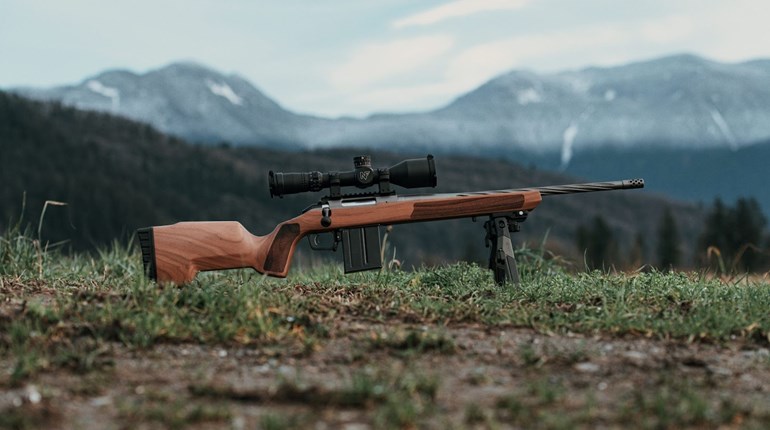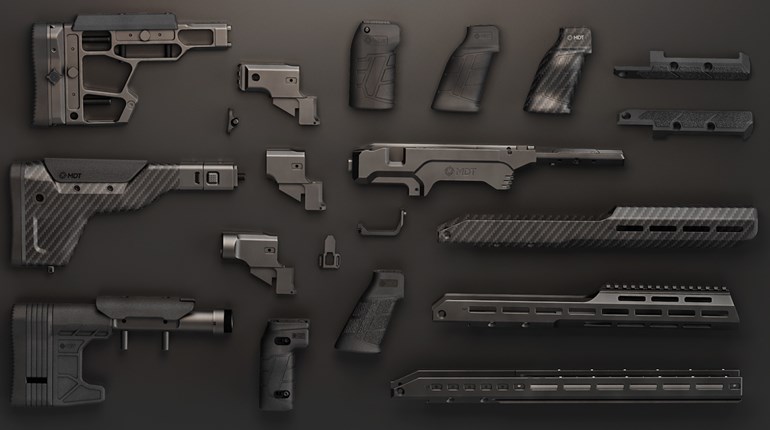
Snipers, while often serving as advanced scouts in certain situations, are specialized troops who require extensive training and practice to maintain the high levels of proficiency needed to excel in combat.
Is it just me, or has the Bad Idea Fairy been spending time with U.S. military leaders lately? The Marine Corps Commandant’s recent decision to turn Marine Scout Sniper platoons into Army-style scout platoons is the latest eyebrow raiser. I spent four years as an Army infantry scout, where sniping barely qualified as an afterthought, and 12 years as a Special Operations Forces (SOF) sniper in a unit that prioritized the craft. I also had the pleasure of serving alongside both Recon Marines and Scout Snipers in each case, so this news hits close to home.
According to a story in the Feb. 28, 2023 Marine Corps Times, branch leadership claims that effecting this change, while ceasing conventional sniper training, “will allow those Marines to focus their training and evaluations on scouting, providing commanders the right tools to accomplish their mission.” I’m not sure that qualifies as a coherent statement, let alone sound rationale. Nonetheless, it’s clear that Corps decision-makers either don’t understand or don’t acknowledge that reconnaissance has been a major component of the sniper mission since long before the term “sniping” entered the martial lexicon.
From their selection to their training and equipment, snipers are fully immersed in the arts of ground reconnaissance and surveillance. That’s a natural part of the package when you’re in overwatch or in front of friendly forces, providing well-trained eyes where commanders need them. In modern times, snipers are also masters of technological advancements that aid those tasks, such as sophisticated communications, sensors, all-weather imaging and many others. Oh, and they also excel at providing counter-sniper support, which is kind of important when someone is trying to settle their reticle on you.
The article also highlights a USMC spokesman’s statement that “Infantry Marines will still have access to precision rifles as necessary.” That would make a great gag line if the repercussions of poorly executing such a plan were not so serious. When I was a paratrooper scout, our snipers—just six out of the 24 men in our platoon—were used for reconnaissance 99.9 percent of the time. I recall very few instances when leaders (above platoon-level) considered using them to place precision fire in training, and none in combat.
Our conventionally minded leaders viewed any training that strayed outside of reconnaissance work as frivolous. Sniper-specific range time was minimal, and advanced training was unheard of. Naturally, when we parachuted into Panama in 1989, our snipers reconnoitered and fought alongside the rest of us scouts, only with rifles and optics that were ill-suited for close-range shooting. They did their best, but would have been much more effective if our leaders hadn’t simply viewed them as scouts with an extra skill. For better and for worse, 21st-century battlefields forced an end to that mindset.
By the time our nation was attacked on Sept. 11, 2001, I’d been a SOF sniper for several years. My unit’s training and equipment were excellent, both in and out of the sniper ranks. Still, there was an overconfidence in the mid-range proficiencies of non-snipers and the extreme long-range capabilities of snipers. Within the first two weeks of our inaugural sandbox trip in 2001, it became clear that we long-gunners were going to stay busy plying our trade while in theater and increasing our capabilities when home.
Regardless of destination, overseas tours over the next few years saw steady extensions of effective ranges for all of our operators. Compared to where we were two decades ago, today’s snipers have achieved massive gains in effective, long-range precision-fire capabilities. Yet, here we go again, ceding some of that hard-earned reach for nonsensically articulated reasons.
This has been a familiar pattern for the past 250 years: A conflict begins, we realize we’re behind the long-gun power curve, then ramp up our sharpshooting capabilities. As we move away from the sounds of battle, the less value our conventionally minded military leaders place on marksmanship. Eventually, a war or major conflict starts brewing and before long, the cycle repeats.
One contributor to this problem is the upper-echelon reliance on new technologies, which is hardly a new phenomenon. The May 2022 issue of the Marine Corps Gazette explains that going into World War II, “Senior Marine leadership assumed that every Marine could provide a sniper-like ability because of advances in weapons and training.” However, when faced with experienced Axis snipers, that flawed supposition was replaced by a ramp-up in the Marines’ sniping program.
I applaud ongoing DoD efforts to achieve an “overmatch” capability against our adversaries. Done correctly, extending the reach of every combatant we put on a field of battle is a very good thing. But, developing and issuing a weapon system that doubles the average warfighter’s effective range doesn’t render conventional snipers redundant.
In reality, such material advancements should also be used to extend effective sniping ranges. This is especially true given the emphasis our adversaries place on sniper-heavy fighting formations. While the Marine brass has stated that they will retain snipers within their Special Operations and Raider elements, that doesn’t prevent regular forces from suffering due to the loss of dedicated snipers.
I freely admit that since retiring from the Army, I may have become out of touch with what’s required for our ground forces to succeed in combat. However, when considering our nation’s traditional dependence on precision battlefield marksmanship, the Marine Corps’ decision appears to be an unforced error. While there have been times when U.S. troops have out-ranged our enemies from the first shot, the further we get from the rifle-savvy Minutemen, the later in conflict such a capability is achieved.
This is yet another reason American citizens should prioritize well-honed rifle skills while exercising our Second Amendment rights. I pray we’ll never be faced with another call for citizen-Soldiers in a major war. If that happens, rifle proficiency will be critically important to anyone who is suddenly thrust in the midst of a hot war.



































